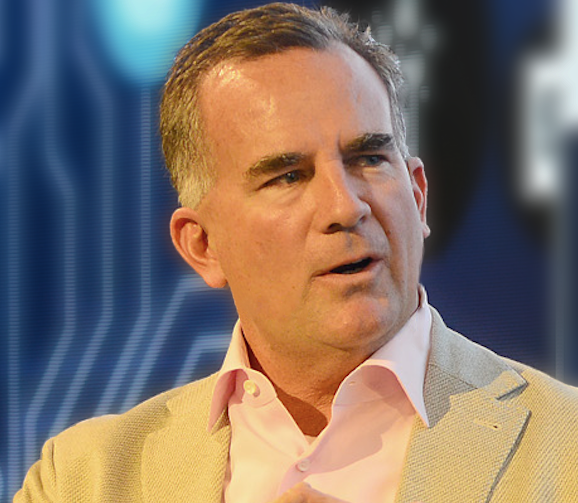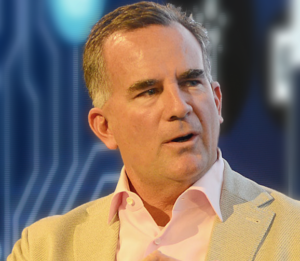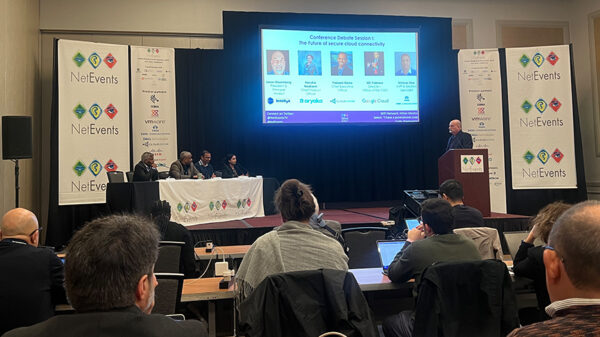By Reggie Bradford, SVP, Oracle, Startup Ecosystem & Accelerator
It’s a great time to be an entrepreneur. The cloud gives you access to an amazing array of tools and resources, enabling you to bring a great idea to the marketplace in very little time and reach potential customers around the world. No matter your industry, you have the opportunity to use your energy, enthusiasm and confidence to create a competitive and, perhaps, wildly successful company.
As a long-time serial entrepreneur, before coming to Oracle to work with startups and SMBs, I experienced the excitement and satisfaction of creating a thriving enterprise from an idea. I’ve also come to recognize that this process is a marathon, not a sprint. Just as when you run a marathon, you will experience different stages along the route, and each of them represents a different challenge for you as a leader.
Perhaps the most daunting, and difficult to recognize, is the early shift from startup to SMB. It’s a stage where some of the leadership characteristics that were great assets at first have become liabilities. Making the transition may mean shifting your leadership style, of course without sacrificing your ideals and brand, or even assuming a different role while bringing on others who can provide long-term leadership for the company.
A new business is held together by the optimism and involvement of the founder. When all you have is an idea, maybe a working prototype, even a customer or two, and you’re still working to find the right market fit, you’re a startup. At that stage, it’s the enthusiasm of leadership and the power of the idea that binds everyone together and keeps them forging ahead. Founders also wears many hats, and tend to be directly involved in almost every aspect of day-to-day operations.
There will come a point, though, when you have gotten large enough that it’s no longer possible to operate that way. When you go from a couple of customers you know personally to a customer base big enough to track in the cloud, or when you have a scalable business, you’ve moved into the ranks of the SMB.
That’s often when that boundless optimism and desire to manage every aspect of the business personally can become liabilities for the founder and the company. Now, the company needs to establish formal processes and procedures. It needs to manage a growing workforce that may well include remote offices and even mobile employees. There’s far too much going on for the founders to be part of every decision and every piece of the operation.
While you should never shed your optimism, this is the time to develop a bit of humility to balance the raw enthusiasm of the startup phase. Leaders also need to recognize the company’s vulnerabilities before they get too large to overcome, and be willing to make some difficult decisions. The things you do at the transition to SMB will have consequences two years from now, when the company has become an enterprise.
Technology can help you make that transition, and maintain an optimistic and effective culture. Because you can’t communicate with everyone face-to-face all the time, use online channels to keep the lines of communication working across the organization and from the top down. Video conference meetings that let remote employees see and be seen can help keep everyone working together.
Using the cloud to help analyze data and gain insights can be extremely important at this stage, too. Having information at your fingertips via the cloud will let you evaluate markets, opportunities and decisions with greater confidence. You can be a lot more enthusiastic about your SMB when you’re able to make decisions based on solid, data-based insights.
Most important, this transition is the time when leaders need to recognize their own blind spots. It’s the rare individual indeed that can make the successful transition from startup founder to the CEO of a public company. The skills required are entirely different. Start now to add people to your leadership team who are smarter than you are, people who have more experience and have been through these kinds of transitions before.
That may not be easy to do; it can be hard to back away from being the decision maker for everything. But driving down decision making in the organization, trusting your people to get things done, and trusting your extended leadership team to support you, is what will enable your SMB to thrive. Making the right decisions, using the right technology, and being honest about your limitations, will help ensure you have a culture and a company that can survive for the long haul.




















































































































